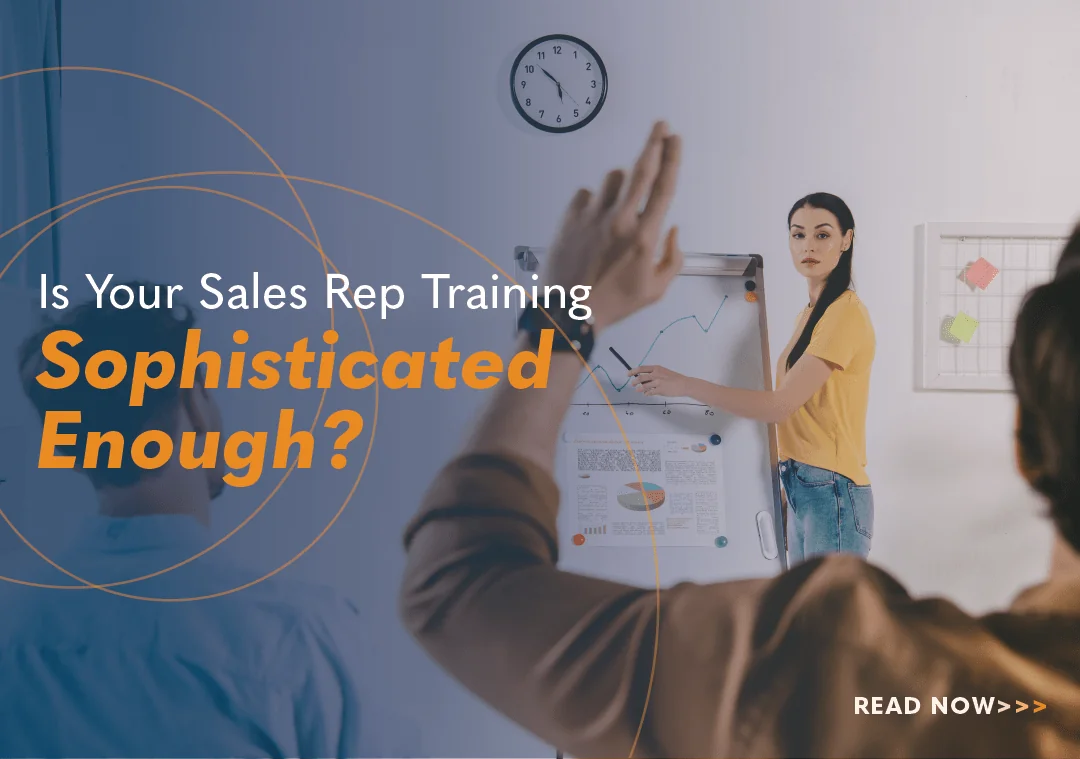Boosting Productivity With Sales Sequences

In a world where outbound sales emails flow into senior executives’ inboxes at an exponential rate, sales sequences enable your sales organization to keep up with the pace.
Sales sequences provide a level of automation, ensuring consistent and effortless engagement with key prospects in your sales funnel. This systemizes outreach and keeps you and your product top of mind throughout the buyer’s journey.
What Sales Sequences Are and Why You Should Use Them
A sales sequence, sometimes referred to as sales cadence, is a series of steps sales representatives follow to engage with prospects for outreach or other sales-related purposes.
Before sales engagement platforms popularized the automation of sales sequences, a sales rep might have created manual reminders to engage with prospects at a regular frequency.
These could have been weekly, monthly, or quarterly for account management engagement or shorter timeframes spanning just a couple of days for prospecting activities.
Now, sales sequences often consist of automatically timed emails, calls, or social templates, helping sales reps stay organized and maintain a consistent strategy for customer communication. In addition, automated sales sequences take the guesswork out of the sales process and provide your reps with a roadmap for success.
There are many sales sequence variations, but most share one common goal: to move a prospect or customer further through the top, middle, or bottom of the sales funnel.
The best sales sequences include a series of touchpoints across various communication channels, providing personal, relevant, and timely messaging tailored for a specific outcome.
With a little creativity, you (or your marketing department) can design sequences that cut through the noise and help your messaging stand out from the competition.
Sales Sequence Advantages
Sales sequences provide more structure and a systematic framework, ensuring reps are reaching out to the proper channels at an optimal time to generate the best results.
Sequences make tracking a prospect through a sales cycle more manageable. Each step for engagement is defined ahead of time. Further, different strategies can be split-tested for optimal conversion rates.
Automation within a sales sequence allows your reps to work on more pressing matters as pipeline- generating tasks happen automatically, in the background.
Finally, sales sequences provide visibility for sales managers and consistency for the sales team. You know exactly where a prospect sits within a sales funnel while maintaining a consistent sales process.
How to Create a Sales Sequence
To create a sales sequence, you will need to decide on the following:
- The cadence of your sequence (how often you will contact your lead)
- The channels you will use (email, phone, social media)
- The messaging, ensuring this is tailored for both the product you are pitching and your ideal customer profile
With these elements decided, the sequence can either be delivered manually or set up with the help of sales automation tools.
The Steps of a Sales Sequence
The engagement typically consists of six to eight steps spread out over two to four weeks for an outreach sales sequence.
It is good to spread each touchpoint over one to five days.
You want to reach out to prospects at regular intervals, keeping you top of mind while not coming across as pushy.
A typical outreach cadence could look as follows:
- Day 1: Call
- Day 2: Email
- Day 5: Call
- Day 7: Call
- Day 12: Email
- Day 14: Email
Sales Sequence Examples
Once you are convinced a sales sequence is the way to go, many sales enablement platforms provide premade templates for a plug-and-play experience. All that is needed is the messaging. If your current CRM doesn’t include sales enablement, here is one of many examples to get you started.
Day One: Call Prospect
Cold calling is still a highly efficient channel of communication for prospect engagement. It provides the fastest route to getting prospects to make decisions and is a great way to build rapport.
When making the first cold call, ensure you have a firm understanding of your sales pitch.
Day Two: Send Email
An email is the perfect next step after the initial cold call. It allows you to explain the reason for getting in touch and provide value regarding the product you are pitching.
While the email step is often automated, the more personalization you can provide, the better. Personalization helps you stand out against the competition swamping the prospect’s inbox.
Day Five: Call & Leave Voicemail
If you don’t get through to the prospect on days one and two, day five is an excellent opportunity to call again and leave a voicemail.
Solidify your engagement with the prospect by providing a gentle reminder of the call you made on day one and the email you sent on day two.
Hopefully, by now, the prospect is starting to remember you.
Day Seven: Call Again
It is worth calling the prospect again on day seven to hopefully catch them at a different time of day when they might answer the phone.
If you don’t get through to the prospect on call three, the chances of getting through to them on the phone drop significantly.
Day Twelve: Follow-up Email
The follow-up email on day five presents an excellent opportunity to focus on the value your product can provide to the business you are prospecting.
Providing case studies and demonstrating a unique position in the marketplace might be enough to get the prospect to respond to your email.
Day Fourteen: The Breakup Email
A breakup email is a tried-and-true technique commonly used in sales sequences.
In this email, present the final case for your product and leave the prospect your contact details so they know how to find you should the situation change.
There are many different sequences your sales organization can try for the best effect. It is often helpful to split-test different combinations to establish the highest converting engagement sequence for your target market.
Conclusion
When creating your sales sequence, it is essential to keep the following in mind:
- Your sequence should be as personal and relevant to the prospect as possible.
- Your sequence should be timely, so make sure to schedule when you will contact the prospect with the specific channel.
- Your sequence should be designed to move the prospect through the sales funnel.
Finally, and most importantly, it is best to communicate with convincing messaging that clearly articulates the value proposition of your product.
With continuous testing and messaging, you can improve your sales sequence over time to generate the most effective results for your market and target persona.

- Account Planning (11)
- Awards (49)
- Client Testimonial (37)
- Personal Branding (19)
- Podcast (11)
- Research (70)
- Sales Career Development (87)
- Sales Coaching (156)
- Sales Consulting (137)
- Sales Culture (170)
- Sales Enablement (354)
- Sales Leadership (109)
- Sales Management (248)
- Sales Negotiation (16)
- Sales Prospecting (125)
- Sales Role-Playing (18)
- Sales Training (235)
- Selling Strategies (263)
- Soft Skills (70)
- Talent Management (94)
- Trusted Advisor (27)
- Virtual Selling (49)
- Webinar (9)


























